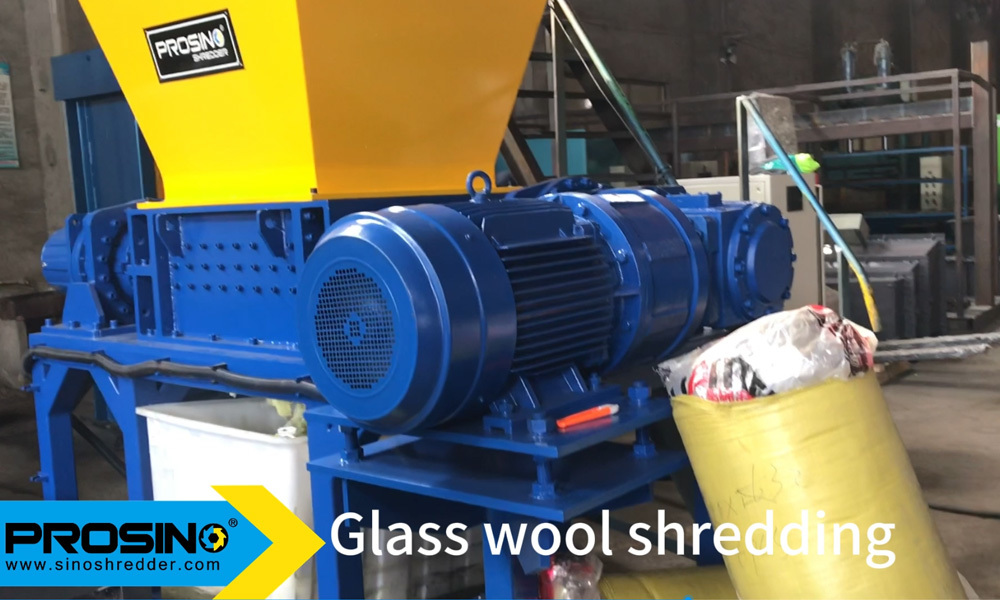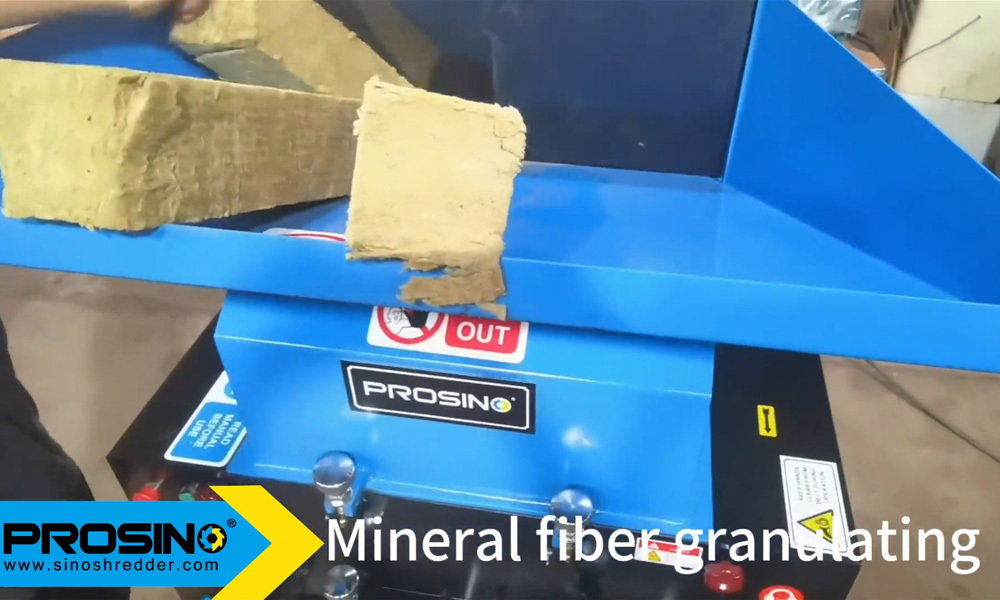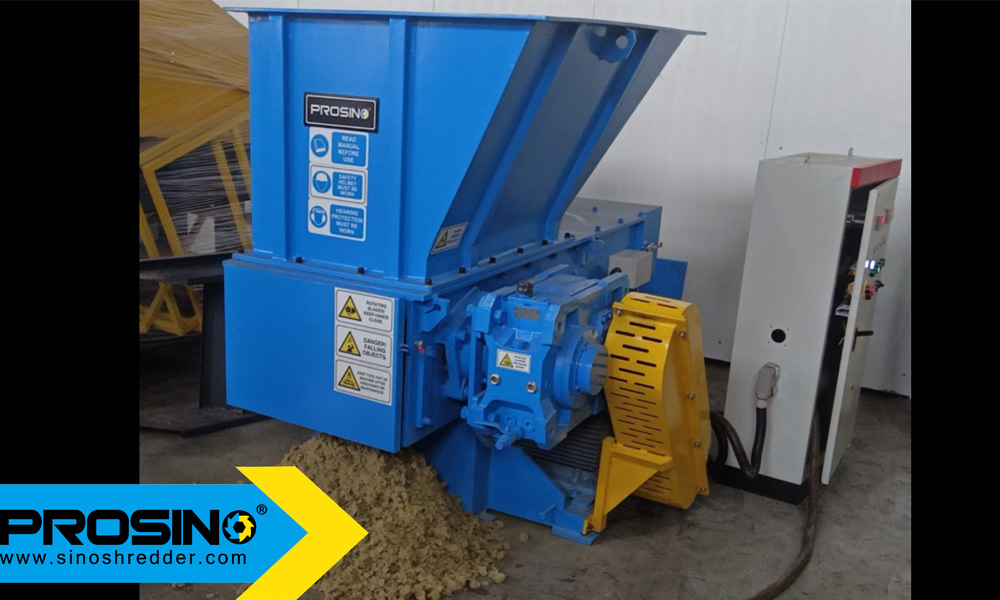Glass wool, also known as fibreglass insulation, is a material commonly used for thermal and acoustic insulation in buildings. It is made from recycled glass and sand, spun into fibers and then bound together. While highly effective in its applications, glass wool poses significant challenges when it comes to disposal and recycling due to its fibrous nature and potential health hazards. This is where glass wool shredder comes into play, offering an efficient solution for managing glass wool waste and promoting recycling efforts.
What is Glass Wool?
Glass wool is produced by melting glass and forming it into thin fibers, which are then bound together with a resin. The resulting material is lightweight, durable, and has excellent insulating properties, making it ideal for use in construction. However, these same properties also make glass wool difficult to handle once it reaches the end of its useful life. The fibers can become airborne and pose health risks if inhaled, necessitating careful handling and disposal.
The Importance of Shredding Glass Wool
Shredding is a crucial step in the recycling process for many materials, and glass wool is no exception. The shredding process serves several important functions:
1. Volume Reduction: Glass wool is bulky, which can make it expensive and inefficient to transport. Shredding reduces its volume, making it easier and more cost-effective to handle and transport to recycling facilities.
2. Facilitation of Recycling: Once shredded, glass wool can be processed more easily. The smaller, more manageable pieces are better suited for further recycling processes, such as melting down to create new glass products or being repurposed in other industries.
3. Hazard Mitigation: Shredding helps to minimize the release of airborne fibers, reducing the risk of respiratory issues for workers handling the material. Shredders equipped with dust extraction systems can further enhance safety.
How Glass Wool Shredders Work
Glass wool shredders are specialized machines designed to break down fibrous materials like glass wool into smaller pieces. They typically consist of a robust shredding mechanism, which can include rotary blades, hammers, or other cutting tools. The shredded material is then collected in a hopper or a containment system to prevent the escape of dust and fibers.
These machines are often designed with safety features to protect operators, such as enclosed shredding chambers and dust extraction systems. Some advanced models also come equipped with automated feeding systems and sensors to monitor the process, ensuring efficient and safe operation.
Applications of Shredded Glass Wool
Once shredded, glass wool can be repurposed in several ways:
1. Recycled Insulation: The shredded fibers can be reprocessed and bound together to create new insulation products, reducing the demand for raw materials.
2. Cement and Concrete Production: Shredded glass wool can be used as an additive in cement and concrete, providing additional strength and thermal insulation properties.
3. Construction Materials: The fibers can be incorporated into various construction materials, offering benefits such as enhanced thermal and acoustic insulation.
4. Landfill Cover: In some cases, shredded glass wool can be used as a cover material in landfills, helping to control dust and improve the stability of landfill slopes.
Glass wool shredders play a vital role in the recycling and waste management of glass wool materials. By reducing the volume of waste, facilitating recycling, and mitigating health hazards, these machines contribute to a more sustainable and efficient handling of insulation materials.
Quick links:



















